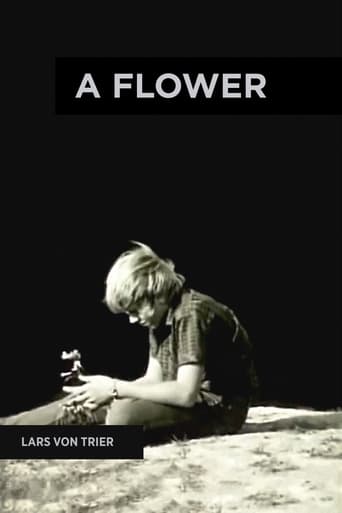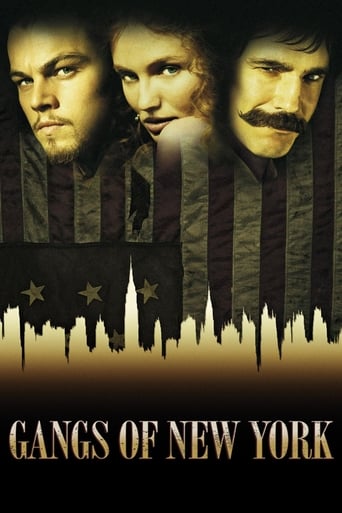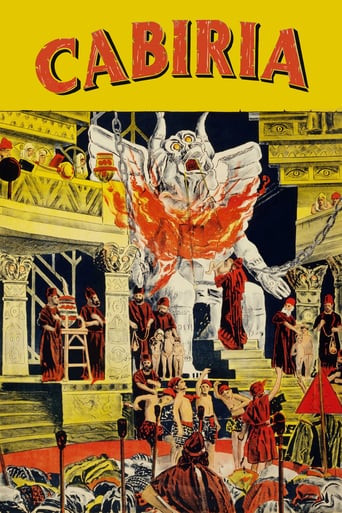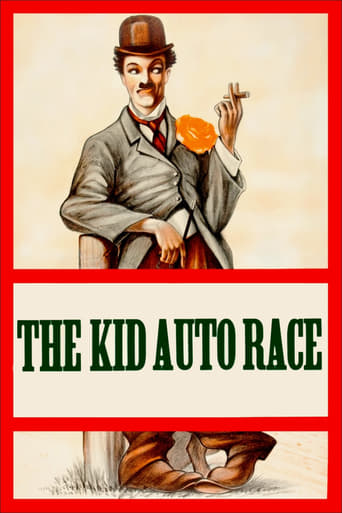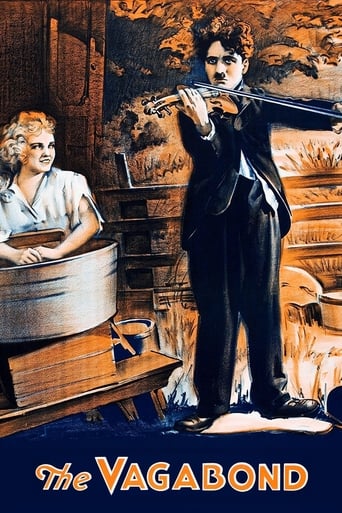


The Vagabond
A tramp tries to earn money by playing the violin, but he’s soon facing off against the jealous competition.
-
- Cast:
- Charlie Chaplin , Edna Purviance , Eric Campbell , Charlotte Mineau , Phyllis Allen , Albert Austin , Lloyd Bacon


Similar titles


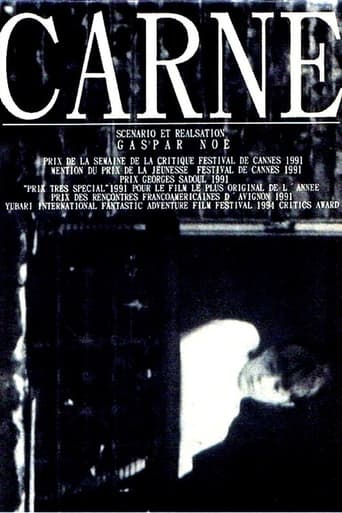

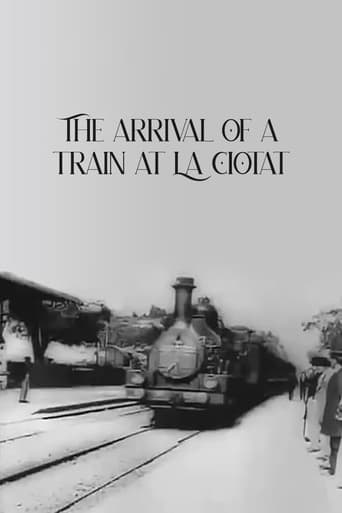
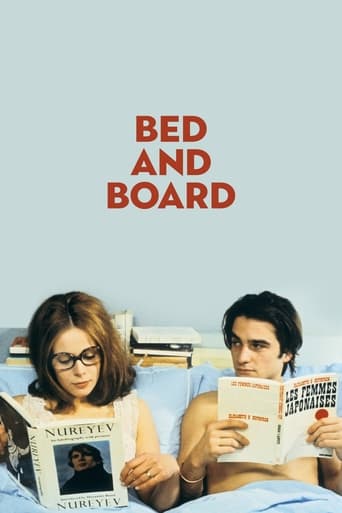

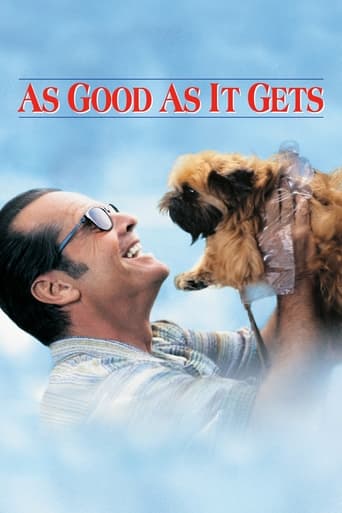
Reviews
So much average
Simply Perfect
A movie that not only functions as a solid scarefest but a razor-sharp satire.
It is a whirlwind of delight --- attractive actors, stunning couture, spectacular sets and outrageous parties.
The first trait that called my attention in this short film is that it brings sequences of situations considerably independent to each other, although presented linearly. Besides that, forgive me if I am wrong, but I had the impression that this film is somewhat different from most of the Tramp's movies. Slapstick is Chaplin's trademark, off course, but in this movie, perhaps more than usual, he performs strongly cartoon-like scenes, with movements which really look like the ones shown in animated TV shows. Another interesting possible novelty is that Edna Purviance has a quite funny scene together with Charlie. She uses to be portrayed in Chaplin's movies as an unassailable beauty diva, but here she gets down the pedestal and makes we laugh at her bath. That is something very nice to see. The end is also somewhat unusual, although related to an issue that is present in almost all Chaplin's movies. These are the novelties, but, on the other hand, prejudice against gypsies is a serious drawback in my opinion. The violent kidnappers could have been non gypsies at no expense to the story. Anyway, the little tramp tried everything to make a living: even as a street musician he tried to get some coins!
Chaplin starts out The Vagabond playing in a bar, basically as a street performer, but soon finds himself run out by the more fully developed band who is unhappy that he's stealing their customers. Soon he wanders out into the woods and almost aimlessly stumbles across a group of backwards country people. There is a hunch-backed hag of a woman that looks like a witch but is probably the wife of a mountain of a man who likes to beat the women around him and carries a huge whip wherever he goes. This guy is ripe for a slapstick smack down. There's an amusing scene where a young girl is beaten by the man and then Charlie shows up and tries to cheer her up by going nuts on the violin, succeeding only in getting too excited and falling into a tub of water behind him. After a series of unfortunate events, he trades his trademark cane in for a bigger stick and proceeds to knock out all the men in sight, finally making off with the young girl and the family's house, which is really just a horse-drawn wagon. I am curious about one of the first things that happens after he "liberates" her from her family. He takes a tub of water and roughly scrubs her face, sticking his fingers into her ears and nose while he washes her. The fact that he washes her face rather than allowing her to do it herself is obviously a physical comedy ploy, but it also gave me the feeling that he is sort of washing the country off of her, turning her into a respectable woman. At any rate, soon she stumbles upon an artist who finds her so beautiful that he wants to paint her, and the result is so wonderful that she gains a following in the uppity art world. Soon some rich art fans show up to take save her from a life in rags and bring her, presumably, to the big city. Charlie refuses a reward (or payment for selling the girl, as it were) and simply hugs the girl and probably wishes her good luck as she sets off in the big car. But the girl decides she doesn't want to leave without him, so they turn around and go back for him.This story is fraught with problems, of course, like if she would ever start to miss her family or if her upbringing in the big city would conflict with her background as a country girl, and the ending is also a little too cute and neat, but for Chaplin's early silent comedies, this is a very complex story with a definable beginning, middle and end. I felt a little uncomfortable during the face-washing scene, but overall this is definitely a higher quality example of Chaplin's early work.
A pathetic fiddler tries to scrape a living together playing on the street and in bars. He chances upon a gypsy camp where he plays for a pretty young girl. However her father beats her savagely and the tramp helps her escape. When the pair happen upon a painter, events are set in motion to reveal the girl's true parentage.One of Chaplin's Mutual short films this shows him still developing the kindly tramp personae on film. As a result the humour is not yet fully developed although we do get one funny scene of people being hit over the head etc. The plot is as basic as above and is typical of the day - audiences wanted to see the poor people suddenly being elevated to better things, no matter what the device. However from modern views I wanted Chaplin to be funnier and the message to be toned down or at least be more realistic.Overall this will please fans of Chaplin and I think it is one of the first films he directed himself. The cast are good and it's always nice to see the little tramp act done well. However more routines and less aspiration would have been better.
This must have seemed like a real change-of-pace from Chaplin when it first came out, since it has a much different tone than almost any of his previous short features. It has a few funny moments, but this time humor is not the emphasis - except for the familiar presence of Charlie's usual tramp-like character, it feels more like one of the short melodramas from the same era, rather than a comedy. As "The Vagabond", Charlie performs a few antics, mostly towards the beginning, but then gets involved in the life of a young woman in distress (Chaplin regular Edna Purviance), and the story turns more serious. It is not one of his best films, but it is always watchable, and is quite interesting as a fore-runner of the way that Chaplin would combine slapstick and humanity to much greater effect in the masterpieces that he would go on to create some years later.

